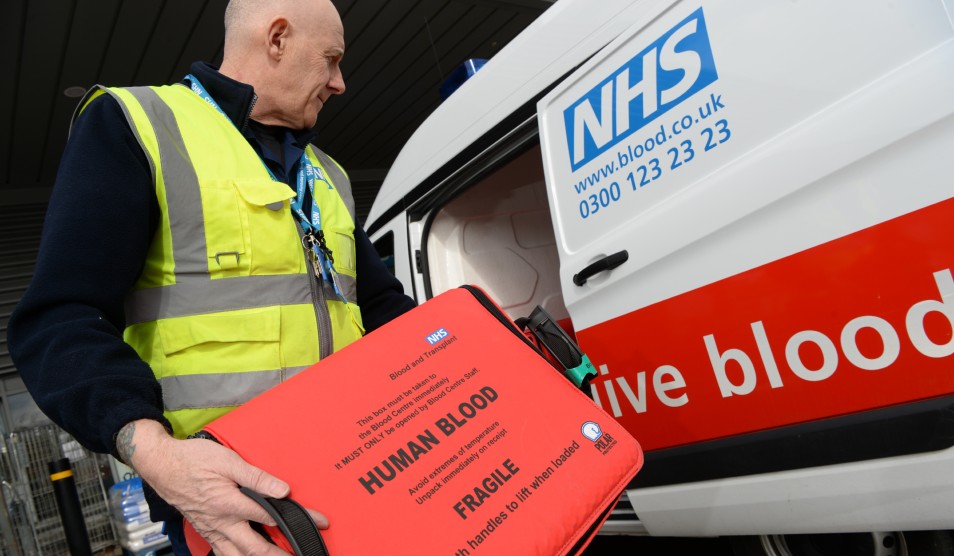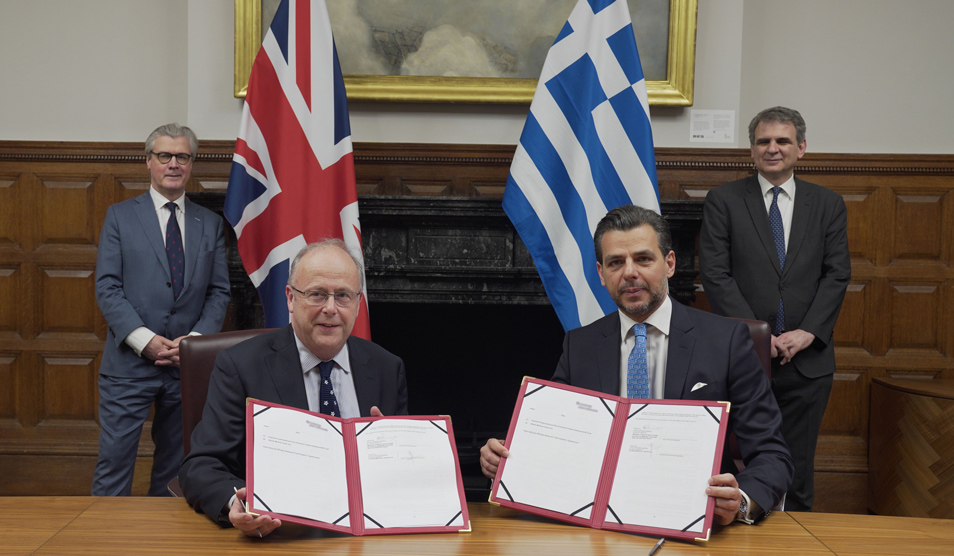UKs first ever robotic prostate artery embolization
Imperial College Healthcare NHS Trust’s endovascular robot, the only one of its kind in the UK, has performed a procedure on the prostate gland for the very first time.
The UK’s first robotic prostate artery embolization took place last week at St Mary’s Hospital in Paddington. This promising new robotic technique will treat patients with benign prostatic hypertrophy who are not suitable for surgery.
Prostate hypertrophy – an enlarged prostate - is a very common problem in elderly and middle aged men and can cause considerable symptoms as a result.
Prostate artery embolization (PAE) is a minimally invasive treatment alternative for patients not suitable for more traditional prostate surgery.
The Magellan endovascular robot, the only one in the UK, has been in operation at St Mary’s Hospital since 2008. Since then, over 150 robotic vascular procedures have been carried out in numerous areas of the body.
However, this is the first time in the UK that the robot has performed a procedure on vessels of the prostate gland.
Dr Mo Hamady, Consultant Interventional Radiologist at Imperial College Healthcare NHS Trust says the development will bring real benefits to patients.
He explained: “This innovation brings the benefits of robotic technology - accuracy, flexibility, predictability, navigability and radiation safety – into the area of prostate embolization, to treat a condition which affects 50 per cent of men aged 50 and 80 per cent of men aged 80.
“Prostate artery embolization is a non-surgical way of treating an enlarged prostate and the considerable symptoms that men experience as a result. It blocks off the arteries that feed the gland and makes it shrink. Using robotic technology for this procedure to the prostrate is a first for the UK.”
Prostate artery embolization (PAE) is performed by an interventional radiologist and is a day case alternative to a trans-urethral resection of prostate operation in selected patients. PAE was first performed in 2009 and since then has become a successful alternative treatment for patients. Using robotic technology to carry out this procedure will bring further benefits for patients, including greater accuracy and flexibility.
Using robotic technology, the patient is admitted in the same way to the hospital as a day case procedure. During the procedure, the skin and deeper tissues over the artery in the groin are anaesthetised with local anaesthetic and then a needle is inserted into the artery. The robot guides a wire through the needle and into the artery. The needle is withdrawn allowing a fine, plastic tube, called a catheter, to be placed over the wire and into the artery.
The interventional radiologist commands the robot to navigate vessels under x-ray guidance to make sure that the wire and then the catheter are moved into the correct position, into the arteries which are feeding the prostate. These arteries are quite small (frequently smaller than a millimetre) and rather variable, especially amongst older men, and using robotic technology improves navigation through these vessels.
A special x-ray dye, called contrast medium, is injected down the catheter into these prostate arteries. Once the prostate blood supply has been identified, fluid containing thousands of tiny particles is injected through the catheter into these small arteries which nourish the prostate. This silts up these small blood vessels and blocks them so that the prostate is starved of its blood supply.
Both the right and the left prostatic arteries need to be blocked in this way. Using the endovascular robot, it can often all be done from the groin. At the end of the procedure, the catheter is withdrawn. The patient recovers in the day care unit for three to four hours before being discharged home.
Dr Hamady added: “Following prostate artery embolization, over 70 per cent of men gain improvement to symptoms with 30 to 40 per cent shrinkage in the size of the gland. Using robotic technology in this way will enable interventional radiologists to further increase the safety and efficacy of the procedure. The introduction of robotic prostate artery embolization is a remarkable milestone that widens the scope of treatment options offered to patients suffering from prostate hypertrophy.”





